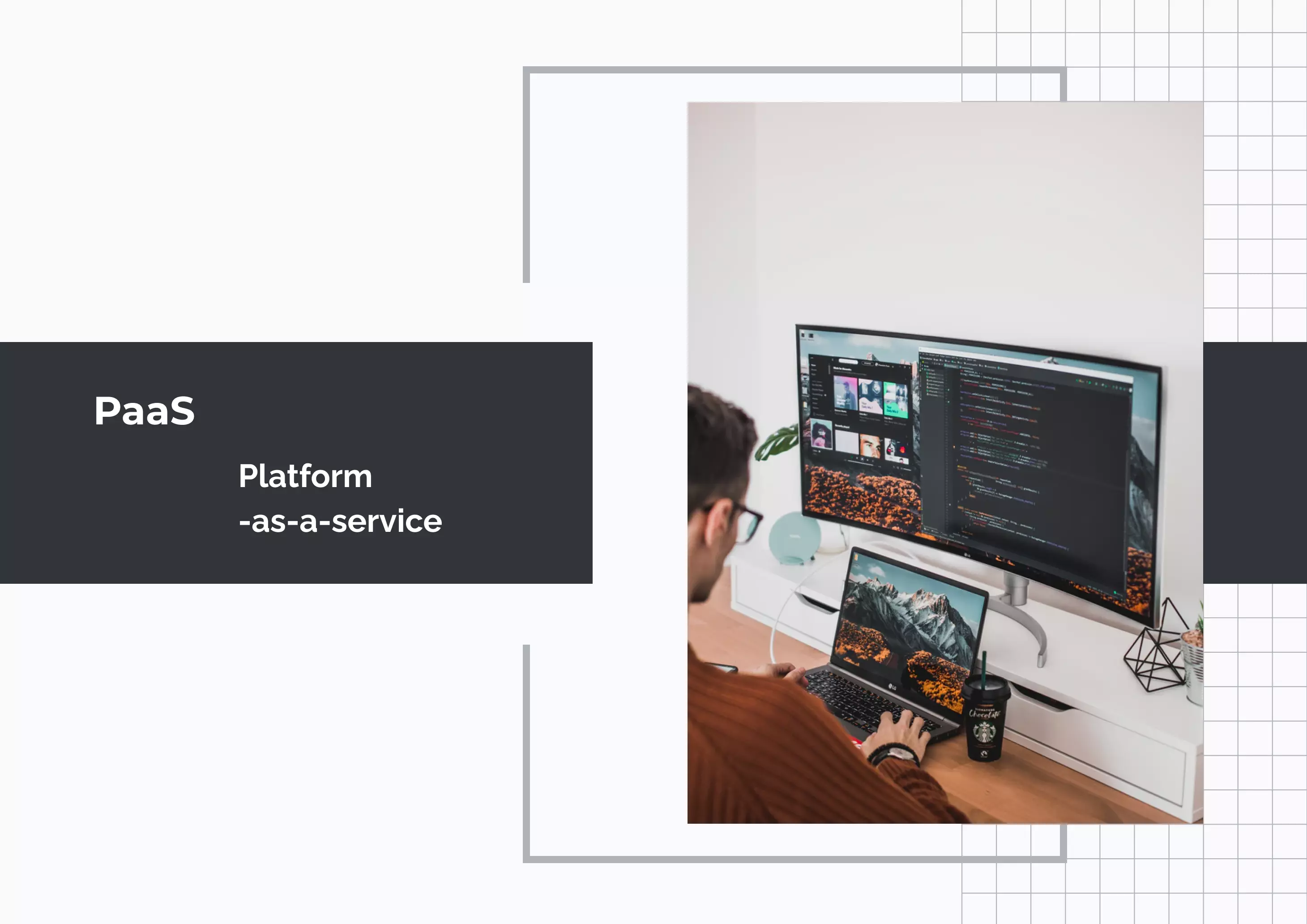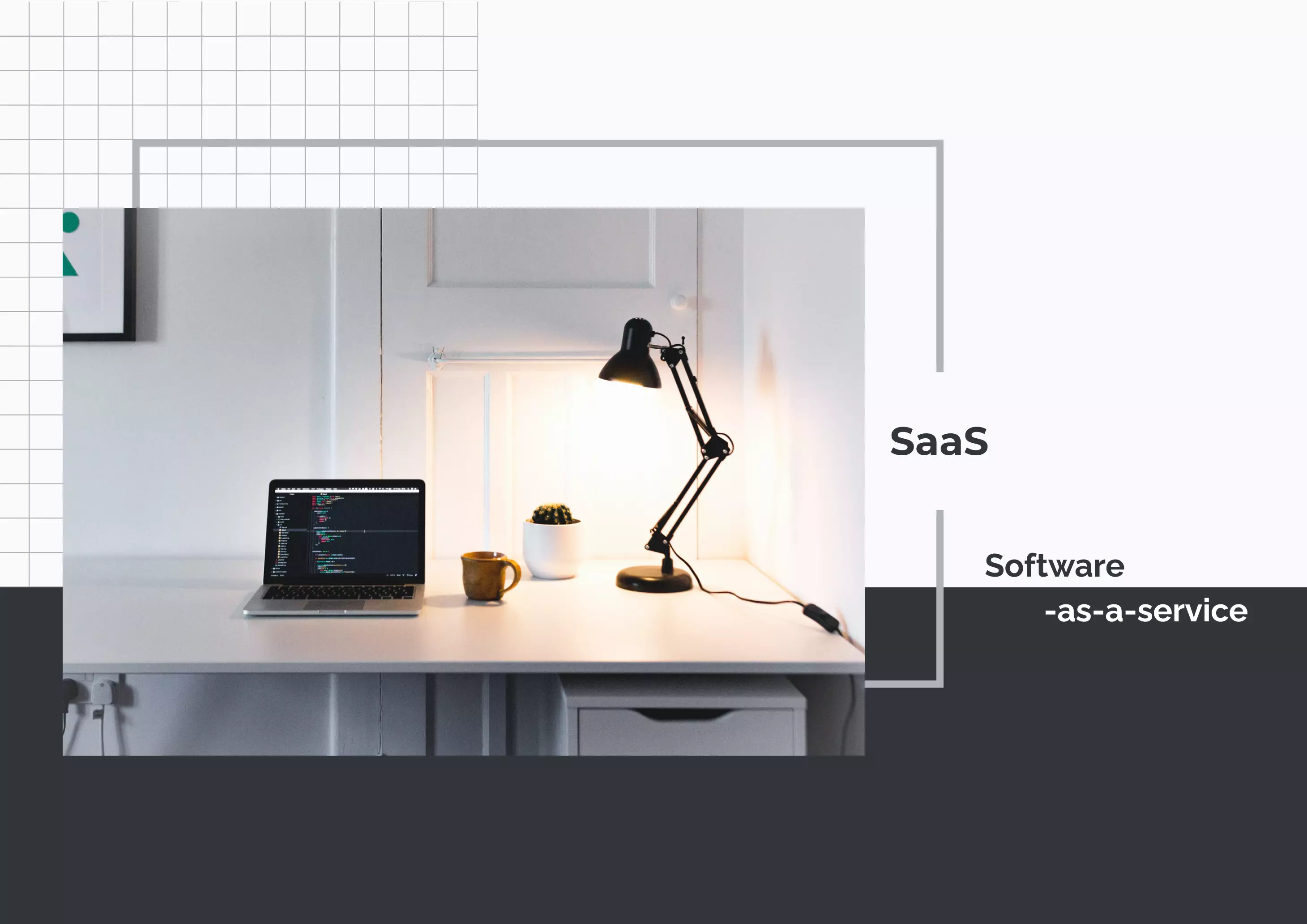IaaS vs PaaS vs SaaS: Which Cloud Computing Model Suits You Better

The “As-a-service” concept usually encloses the meaning of cloud computing services provided by a third-party to let you concentrate on other business activities. Each of these services allows you to focus less on some infrastructures and leave the management processes to the service provider managers.
But what is cloud computing? It is a storage model that permits you to manage and access data and apps on remote data centers. By using cloud services there is no need to keep data on your hardware. Instead, the cloud permits software and services to run on the web and not locally on one device only.
Every day more and more companies decide to switch from on-premise technologies to cloud services. Thinking about all the more services you can get access to from any online device, the cloud is a big deal.
IaaS vs PaaS vs SaaS: how to distinguish them?
Mainly, there are 3 types of cloud service options:
- Infrastructure-as-a-service (IaaS);
- Platform-as-a-service (PaaS);
- Software-as-a-service (SaaS).
Each of these services covers a certain amount of on-premise infrastructure management. Below you can see a detailed description of each delivery option. Thanks to our insights choosing the right product for your business will be easier than ever.
What is IaaS?

Infrastructure-as-a-service (IaaS) is a pay-as-you-go service where a third-party provides you with services such as virtualization, hard drives, networking, and storage. IaaS became popular in the early 2010s, and since that year, it has become the standard computing model for several types of workloads.
As the user, you don’t have to support or update your data center since the provider does it for you. Your role is to reach and control the infrastructure via API (Application Programming Interface). It is possible to buy only the components you need and there are no maintenance costs.
Compared to SaaS and PaaS, IaaS clients are responsible for managing applications, data, and runtime. Also, IaaS users gain the possibility to install any required platform on top of the infrastructure.
IaaS examples
- Google Compute Engine
- Amazon Web Services (AWS)
- Cisco Metacloud
- Microsoft Azure
IaaS advantages
|
IaaS drawbacks
|
What is PaaS?

Platform-as-a-service (PaaS) provides clients with a complete development and deployment environment in the cloud. This type of service allows its users to buy the resources as needed from the provider on a pay-as-you-go model.
PaaS includes infrastructure such as storage, servers, networking, development tools as well as database management systems. It is to say, this type of service is a kind of addition to the IaaS. Thanks to PaaS, you can avoid the expenses of buying and managing software licenses and other infrastructures.
It is very useful for developers and programmers as it permits the user to develop apps without having to build and support the platform. You just write the code and manage your apps without further headaches of software updates and maintenance issues.
PaaS examples
- Google App Engine
- Open Shift
- Heroku
PaaS advantages
|
PaaS drawbacks
|
What is SaaS?

Software-as-a-service (SaaS) is also known as cloud application services. It is the most comprehensive form of cloud computing services where a provider manages the entire application. Also, there is no need for other downloads since most SaaS applications can run directly from a browser. Thanks to the web delivery model, SaaS eliminates the need to install and run applications on each computer.
The maintenance process becomes easier for enterprises since vendors manage everything: runtime, servers, applications, storage, and OSes. SaaS offers more services such as email, customer relationship management, and some healthcare-related applications.
SaaS examples
- Google App Engine
- Dropbox
- Jira
- Microsoft Office 365
- Cisco Webex
SaaS advantages
|
SaaS drawbacks
|
What service model fits you the most?
Of course, the answer depends on your business complexity and company’s activity. The most important difference between IaaS and PaaS is that the first one provides administrators with more direct control over operating systems. However, the platform service (PaaS) offers greater flexibility and ease of operation. It permits you to concentrate better on app development instead of infrastructure management and software troubleshooting. PaaS products can also be used as a base for building new products over the platform’s network.
When it comes to SaaS, the products are fully managed by a third-party that offers prompt and out-of-the-box solutions that meet a particular business need. As such, it will be no need in developing your tools and this type of service provides ready-made solutions.
In short, whether your business needs a virtual machine, opt for IaaS. If your organization requires a platform for building software products, choose PaaS. You’d better pick SaaS if your company needs out-of-the-box software such as CRM, email, collaboration tools, and so on.
Conclusion
Each cloud model has certain advantages and disadvantages. Still, independently of what type of cloud infrastructure you choose, it will benefit your business in multiple ways such as cost reduction, time-saving, and constant technical support and server maintenance.
In any case, you can also ask for help from a reliable vendor such as Yojji. Our team will thoroughly evaluate the size and complexity of your business to offer you the most suitable as-a-service infrastructure.
Let’s work together
Yojji successfully delivered the project within schedule. They demonstrated excellent project management via weekly sprint demos and promptly made adjustments based on the client's feedback. Their responsiveness and collaborative attitude were key elements of their work.

5.0
Yojji was an instrumental part of the client’s team, working closely with them to achieve the product’s success. The team was very collaborative and timely, and their performance was amazing. Additionally, their resources were experienced, professional, and enjoyable to work with.

5.0
Yojii is impressive both in quality of development work as well as their commitment. Strong focus on delivery, highly technical personnel, flexible approach that allows for rapid development. Strong processes that allow for solid controls.

5.0
We’re very happy with the way that Yojji works, which is why we’ve spent so much money and engaged them for such a long time. We treat them as employees in regard to responsibilities and expectations, and they haven’t disappointed us.

5.0
As a company, we find Yojji to be excellent development partners - we cannot recommend them more highly and will be very happy to continue working with them in the future.

5.0
They are really nice people with excellent technical backgrounds.

5.0
We used Agile project management methodology and were in contact with the team and project manager daily.

5.0
They all had a super positive outlook and were dedicated to getting the work completed to a high standard.

5.0
Yojji has delivered an accessible product with thorough consideration for the client's requirements. Users have commented on the platform's user-friendliness and speed. Moreover, the team is easy to communicate with and provides frequent updates. Their development and design skills are impressive.

5.0